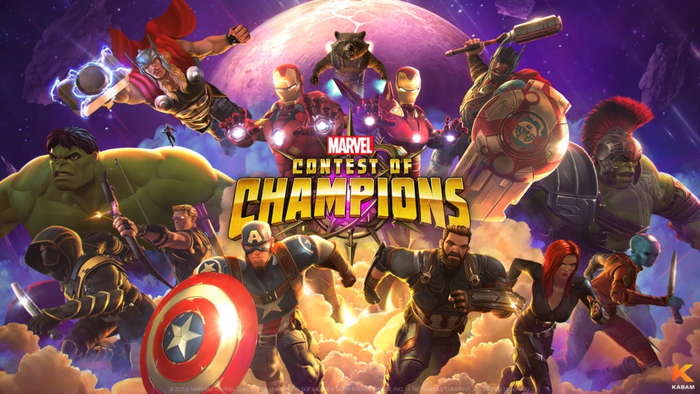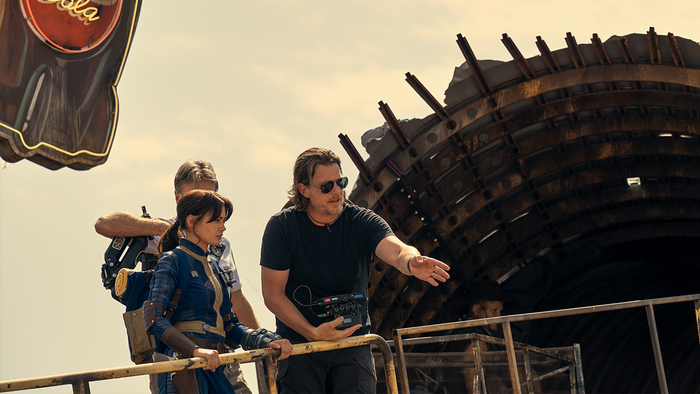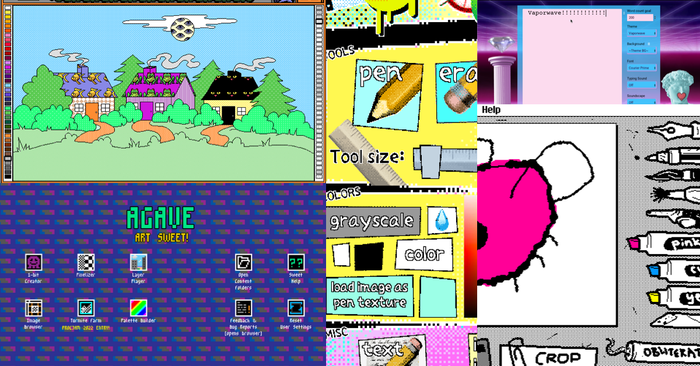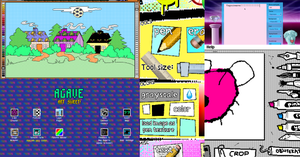Writer and artist Matthew Luhn shared his insights on storytelling at GDC Europe, drawing from his 20 years of work at Pixar.

While video games are interactive in nature and have specific challenges when it comes to storytelling, Matthew Luhn, a story consultant who spent 20 years at Pixar, shared some useful tips drawn from his experience working in linear media.
“Stories help us understand the world, spread ideas, entertain, and most importantly feel something,” he told attendees at GDC Europe this morning in Cologne, Germany.
“Linear storytelling tells a story to the audience. Interactive storytelling delivers a sense of story for the audience,” he said.
He offered his five guidelines for achieving that:
Hook
“You need to have a hook. You need to grab peoples’ attention from the very beginning," he said. Something unusual, unexpected, action-oriented, or some kind of conflict can grab peoples' attention right off the bat.
“Whatever it is, at the very beginning of something you make, you’ve gotta hook the audience…it works for games and movies," he said.
You can think of your hook by asking questions by referring to Pixar movies: What if…a monster didn’t want to scare kids?; superheroes are banned from saving people?; a rat wanted to becoming a French chef?
After you figure out the hook, find out the “controlling idea,” which is kind of a mission statement or an elevator pitch – something that describes the story in one sentence. “If you can’t do that, it means you don’t really know what your game is about yet," he said.
“Once you figure out this hook, you have a compass,” he said. You need to understand what is driving the story forward and engaging the audience.
Change
Luhn said story creators need to figure out how characters change. “Great stories are all about characters changing…If you create a story and nobody changes, it feels a bit shallow," he said.
When characters change and evolve, it can also change the audience, and that makes the story more personal. “You can get the audience to experience the character’s journey through good storytelling,” he said.
In order to do this, you need to spell out everything about a character when developing a story, even if most of those attributes won’t be explicitly shown in the game or movie.
Connect
“I always want to know who is my audience,” he said. Do the research, and figure out who is your audience and how to connect with them. What’s important to them? What do they care about?
“Create an interesting world/environment that people can connect to and understand," said Luhn.
He added that audiences are willing to believe in anything – whether it’s monsters that work in a scare factory or cars that talk – as long as audiences are told the rules of the world in an entertaining, natural way, and the story doesn’t contradict those rules at any point.
Authenticity
Luhn said that Pixar movies are director-driven – if someone came up with the story at Pixar, they’re the director. That means that the person in charge is personally invested in the project. “If you want to make your story authentic, make sure it’s something the director is really passionate about,” he said.
“Don’t be clever, just be vulnerable and be honest” when you’re aiming to achieve authenticity, he said. When the storytellers are authentic and honest, so are the characters, and so is the story.
“The worst examples of authenticity are when games or movies talk at the player or audience, telling them what to feel,” he said. “Focus less on driving the narrative forward and more on supporting the sense of the story. Make people feel something.”
Structure
Luhn stressed that if you want to reach wide audiences, you need structure – specifically, make something with a beginning, middle, and an end.
He also described it as set up, build, pay off. “We like this,” he said. “This is built into who we are. It’s in our DNA.”
Read more about:
event gdcAbout the Author(s)
You May Also Like








